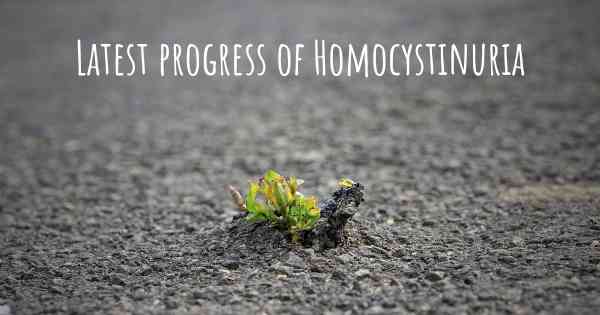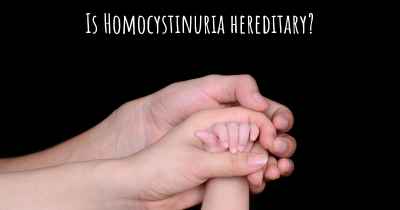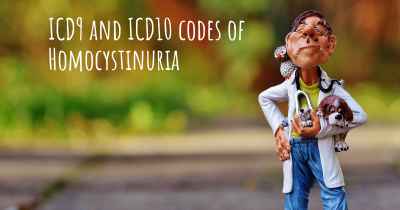What are the latest advances in Homocystinuria?
Here you can see the latest advances and discoveries made regarding Homocystinuria.

Homocystinuria is a rare genetic disorder that affects the body's ability to process an amino acid called methionine. This condition is caused by mutations in the genes responsible for producing enzymes involved in the breakdown of methionine. As a result, homocysteine, a byproduct of methionine metabolism, accumulates in the body, leading to a variety of symptoms and complications.
Over the years, significant advances have been made in the understanding, diagnosis, and treatment of Homocystinuria. These advancements have improved the quality of life for individuals with this condition and have opened up new possibilities for managing the disorder.
1. Early Diagnosis: One of the most crucial developments in Homocystinuria is the ability to diagnose the condition early. Newborn screening programs have been implemented in many countries, allowing for the identification of affected infants shortly after birth. This early detection enables prompt intervention and treatment, which can prevent or minimize the development of severe symptoms.
2. Dietary Management: Diet plays a crucial role in managing Homocystinuria. Traditionally, a low-methionine diet was recommended to reduce the intake of methionine and subsequently decrease homocysteine levels. However, recent advances have shown that a medical food called betaine can be used as a supplement to help metabolize homocysteine. Betaine acts as a methyl donor, converting homocysteine to methionine, thereby reducing its accumulation in the body. This breakthrough has provided individuals with Homocystinuria more dietary flexibility and improved metabolic control.
3. Enzyme Replacement Therapy: Enzyme replacement therapy (ERT) has been a game-changer in the treatment of various genetic disorders. In the case of Homocystinuria, ERT involves the administration of the missing or defective enzyme to restore its activity. While ERT for Homocystinuria is still in the experimental stages, promising results have been observed in preclinical studies. This therapy has the potential to address the underlying cause of the condition and alleviate its symptoms.
4. Gene Therapy: Gene therapy holds immense potential for the treatment of genetic disorders, including Homocystinuria. Researchers are exploring the possibility of using gene therapy to introduce functional copies of the mutated genes responsible for Homocystinuria. By correcting the genetic defect, gene therapy could provide a long-term solution for individuals with this condition. Although gene therapy is still in its early stages, it represents a promising avenue for future treatment options.
5. Supportive Care: In addition to the specific treatments mentioned above, advancements have been made in the supportive care provided to individuals with Homocystinuria. Regular monitoring of homocysteine levels, vitamin supplementation, and close follow-up with healthcare professionals are essential for managing the condition effectively. Genetic counseling and support groups also play a crucial role in providing emotional support and guidance to individuals and families affected by Homocystinuria.
In conclusion, significant progress has been made in the understanding and management of Homocystinuria. Early diagnosis through newborn screening, the development of medical foods like betaine, ongoing research into enzyme replacement therapy and gene therapy, and improved supportive care have all contributed to better outcomes for individuals with this rare genetic disorder. These advances offer hope for a brighter future for those living with Homocystinuria.








